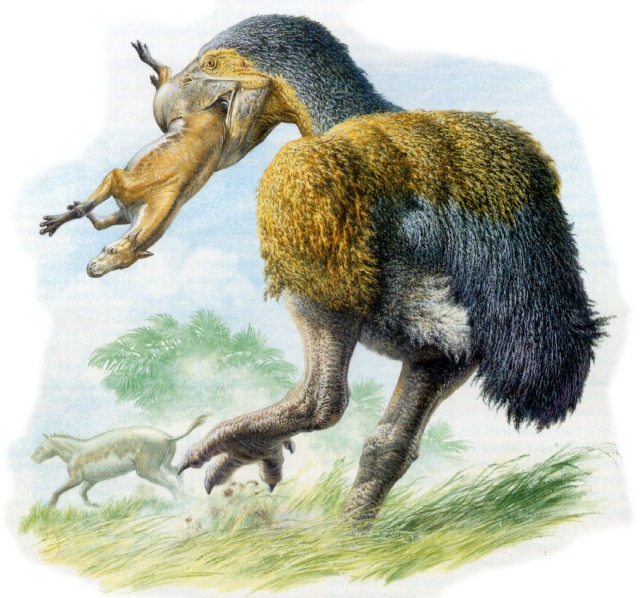Dung and giant emus; an Oxford look at the recent past
 A new study has revealed the effects of the rapid loss of giant ancient creatures, whose massive droppings played a significant role in forming the current ecosystem.
A new study has revealed the effects of the rapid loss of giant ancient creatures, whose massive droppings played a significant role in forming the current ecosystem.
There was a time when the Australian landscape was dotted with many forms of megafauna which could easily inspire fear and folktales in early humans. Giant predecessors to today’s wombat, goanna, kangaroo and emu all roamed the Australian continent until just over ten thousand years ago.
The scarcity of soil nutrients, diminishing biodiversity and encroachment of deserts has been linked to the mass extinction of large animals in the Pleistocene period by the Oxford University's Environment Change Institute. Ecologist Christopher Doughty and colleagues developed a new mathematical model to calculate the effect of mass extinctions on soil nutrients. They have reportedly found that extinctions reduced the dispersal of the vital nutrient phosphorus in some forests by 98 per cent, with far-reaching environmental consequences that continue today.
The Oxford team say until now there has been no way to estimate the role of megafauna on nutrient transport. The model they developed allowed them to estimate the impact of the large animals, using data from Africa on the relationships between the size of modern-day animals and their daily movement, food consumption and lifespan.
The researchers found a strong and important link between mega-creatures' digestive habits and their biological surrounds.
“Our study estimates that they play a huge, important role in transporting nutrients on continental scales over thousands of years,” Mr Doughty says, "arteries transport nutrients broadly throughout the human body and then capillaries transport the nutrients to smaller regions. We think that large animals played this role for the planet, broadly moving nutrients…from high concentrations to low concentrations. Therefore, when big animals go extinct, these arteries are severed leading to more nutrient poor regions, and possibly a less healthy planet overall."
Mr Doughty believes the large amount of megafauna once present in Australia and its rapid departure are still being felt; “because there were so many extinctions in Australia, it still has a very large role there too.”
The model is capable of looking to the future as well, predicting the impacts of the extinction of current massive animals such as the elephant. Details of the study have been published in Nature Geoscience.








 Print
Print